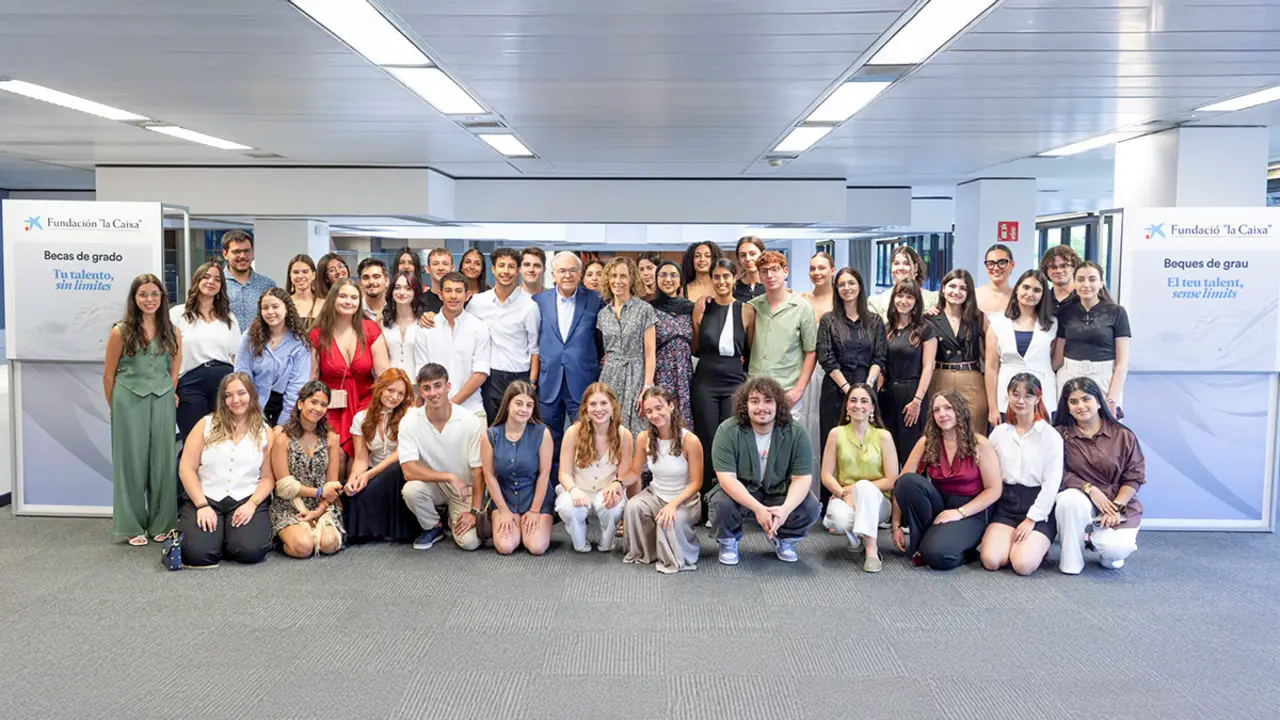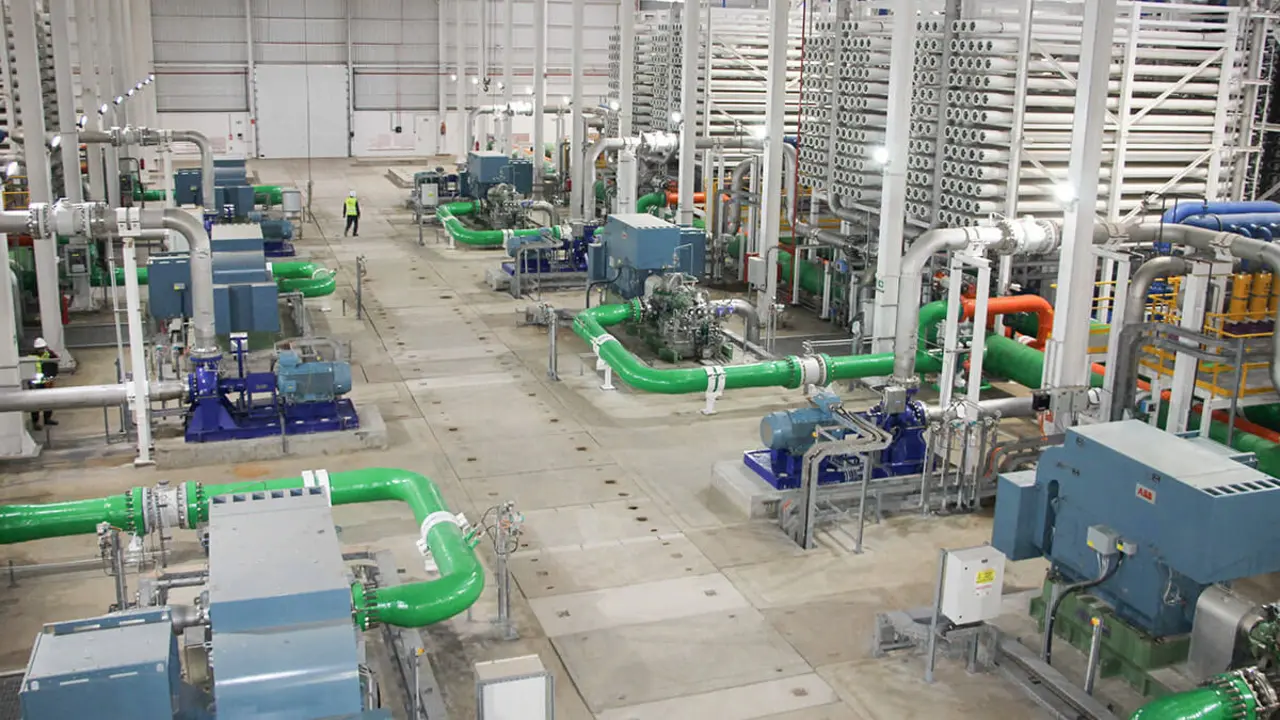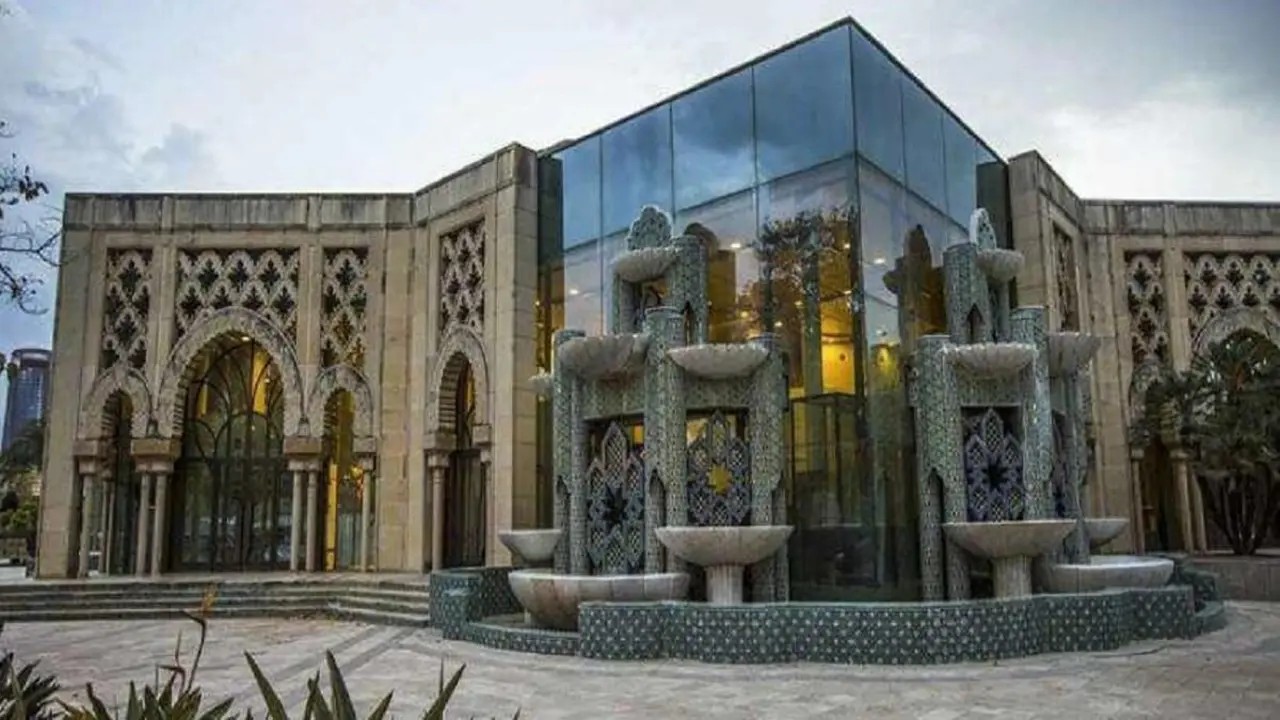Emirates, an Arab country committed to developing its space sector to the maximum

The success of the launch, flight and orbit of the first Martian spacecraft in the Emirates is undeniable. The impeccable launch that took place from Japan on the night of July 19th, at the exact time scheduled, 23:58 and 14 seconds, Spanish peninsular time, should not make us forget that the difficulties that the Al Amal probe has to face are not yet over. However, the initial challenges have been overcome. One of the first was to deploy the solar panels, charge its onboard batteries and send to land the proof that it was working properly.
As confirmed by ATALAYAR from sources of the National Aeronautics and Space Administration (NASA), the signal that Al Amal is in perfect condition and in the middle of space was received on the ground just over an hour after its takeoff from Tanegashima (Japan).

The telemetry transmission was captured "exactly at 01:09 and 27 seconds of the morning and Monday, July 20" by the DSS-65 antenna of 34 meters in diameter of the space complex that the U.S. Agency has in Robledo de Chavela, near Madrid. This is a tracking station with different types of infrastructure that is managed by the National Institute of Aerospace Technology (INTA) of the Ministry of Defense.
The first interplanetary mission of a nation founded barely half a century ago, the great global space project of the Union of Arab Emirates is the confirmation of the vision of its highest dignitaries to develop and promote to the maximum the technological and scientific capabilities of a country that is a federation of seven emirates and is populated by some 10 million people.

It also represents a remarkable attempt to awaken in its youngest citizens the interest, enthusiasm and dedication to undertake careers in science and, in particular, it makes clear the firm will of the Emirates' rulers to create an alternative industrial sector that will allow them, step by step, to reduce their absolute dependence on oil and bring about a change in the economic model. But for the Al Amal mission to be successful, there is still a long way to go. No less than 493.5 million kilometers of navigation in space, which represents about seven months in which different types of anomalies can occur that could ruin the mission.
The personal satisfaction of those who have made the spacecraft a reality, the joy of the people in the Emirates and the Arab world and the confirmation that Mitsubishi's Japanese H-IIA launcher is highly reliable cannot make us forget that reaching the orbit of the Red Planet presents enormous difficulties and that, so far, only the first stages of the mission have been overcome.
Initial plans to develop a Martian spacecraft began in late 2013, were finalized in 2014, and have gradually become a reality. Aware of its technological and scientific limitations but aware of its enormous economic potential, the Emirates authorities have been able to partner with institutions and companies of proven solvency in the international space sector. To make the probe and its scientific instruments a reality, the Emirates Space Agency and the Mohammed Bin Rashid Space Center (MBRSC) in Dubai have partnered with Arizona State University, the Berkeley Space Science Laboratory at the University of California and the Laboratory for Atmospheric and Space Physics (LASP) at the University of Colorado.

The joint work of American and Emirati engineers has been a great success, since it has facilitated the acquisition of technological and scientific capacities of nearly two hundred technicians of the Arab country, both men and women. Credit for the success of the mission has been given, for example, by NASA and the European Space Agency (ESA). Both of these influential global institutions recognise the importance of the Emirates' initiative and aim to incorporate it as a partner in future initiatives.
This has been highlighted by NASA's chief executive officer, Jim Bridenstine, who shortly after liftoff has stated that the launch "marks the culmination of the tremendously hard work of the Emirates (...) and the prospect of ambitious future partnerships in relation to the Moon, with its final destination on Mars". ESA has also expressed itself in similar terms, as have other agencies such as Japan's JAXA and India's ISRO.
The greatest obstacle to Mars, which has caused many space missions to fail, is entry into its thin atmosphere. Fortunately, Al Amal is not going to try, because it is designed to study the atmosphere of the Red Planet from many thousands of kilometres away. In short, while waiting for the results that Al Amal obtains, what is not in doubt is that it is the endorsement of the stay of the first emirate astronaut, Hazza Al Mansoori, in the International Space Station, where he stayed 8 days at the end of 2019.









